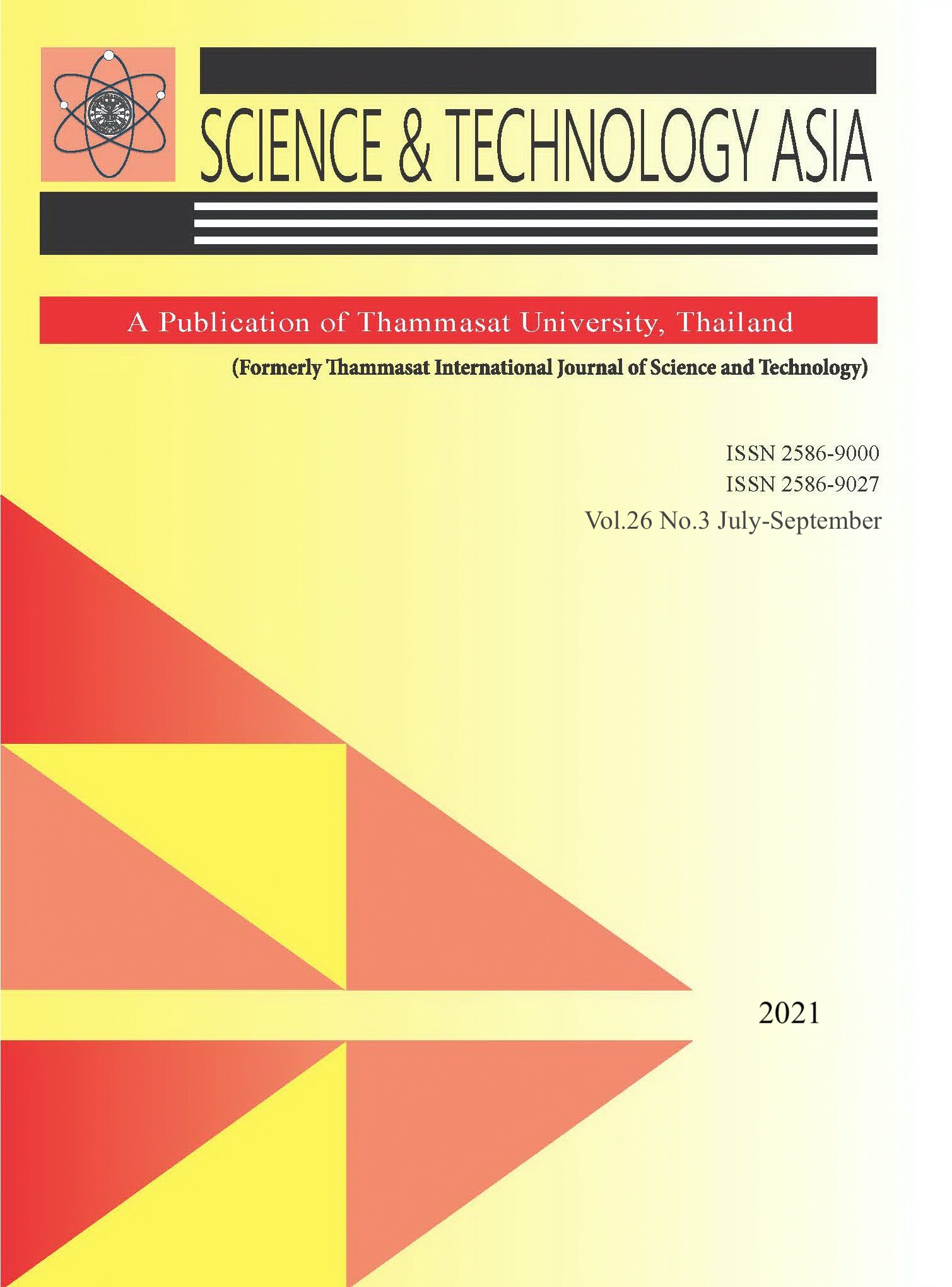Application of Pyraclostrobin Enhances Growth, Quality, and Yield of Tomato
Main Article Content
Abstract
Tomato is an important vegetable crop extensively cultivated not only in India but throughout the world for its fruit which is a rich source of important nutrients such as vitamin C, vitamin E, lycopene, and various minerals. Strobilurin compounds are commonly used by farmers as a fungicide against early blight and late blight disease of tomato. Several reports have shown that strobilurins, including pyraclostrobin, are capable of increasing growth and yield when applied to healthy plants. The present study was intended to check the effects of sequential applications of pyraclostrobin on tomato plants. Seeds of the tomato cultivar “Heemshikhar” were sown in a small plot and after 25 days, the plants were transferred to a one-acre field. Four sequential sprays of pyraclostrobin were applied to the tomato plants at 15 days interval. The first pyraclostrobin application commenced at 50 days after sowing. Parameters such as vegetative, reproductive, and fruit quality, as well as yield were compared at various intervals among control and treated plants. Plants that were given the cumulative pyraclostrobin application showed a significant increase in the height of the plant, leaf number, and flower number. The significantly higher content of lycopene and protein as well as the significantly lower content of carbohydrates in pyraclostrobin treated plants signified the beneficial effect of pyraclostrobin application on fruit quality. The application of this fungicide was also found to increase the size, weight, and yield of tomato.


